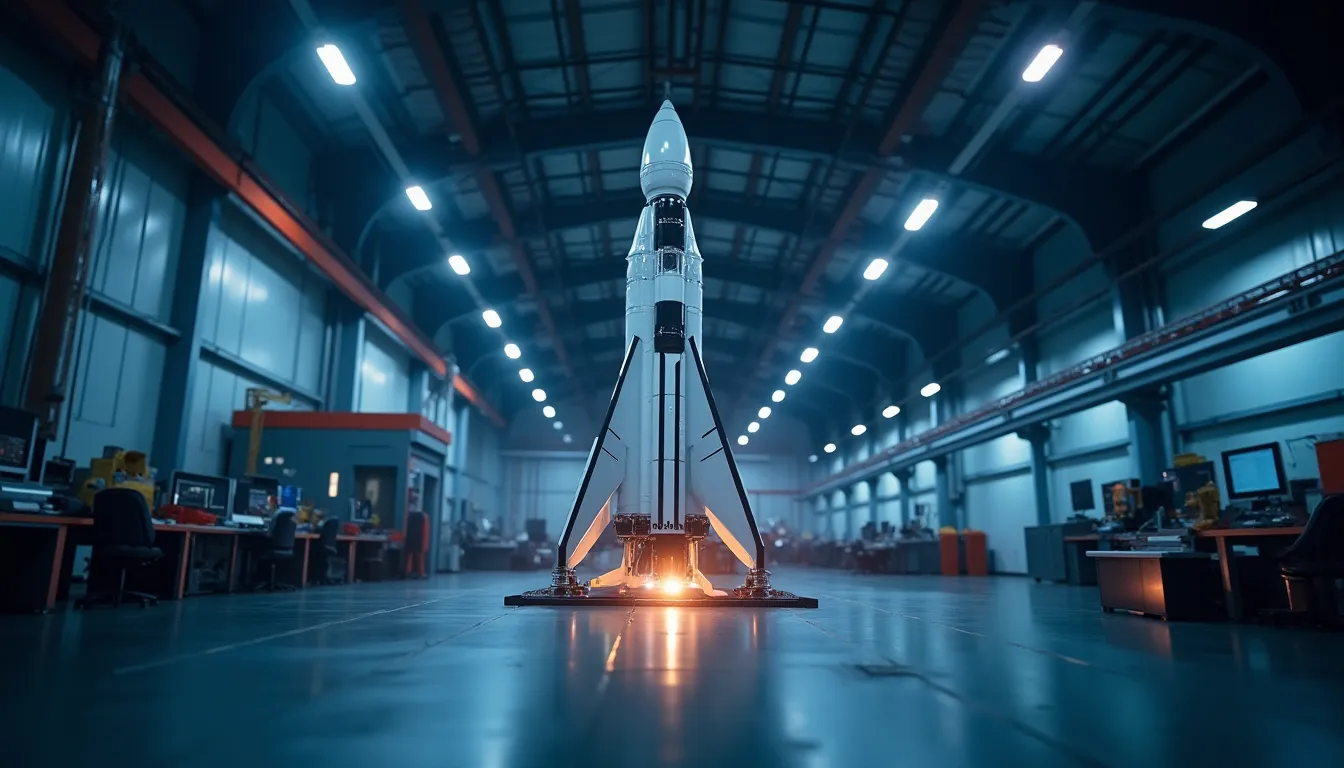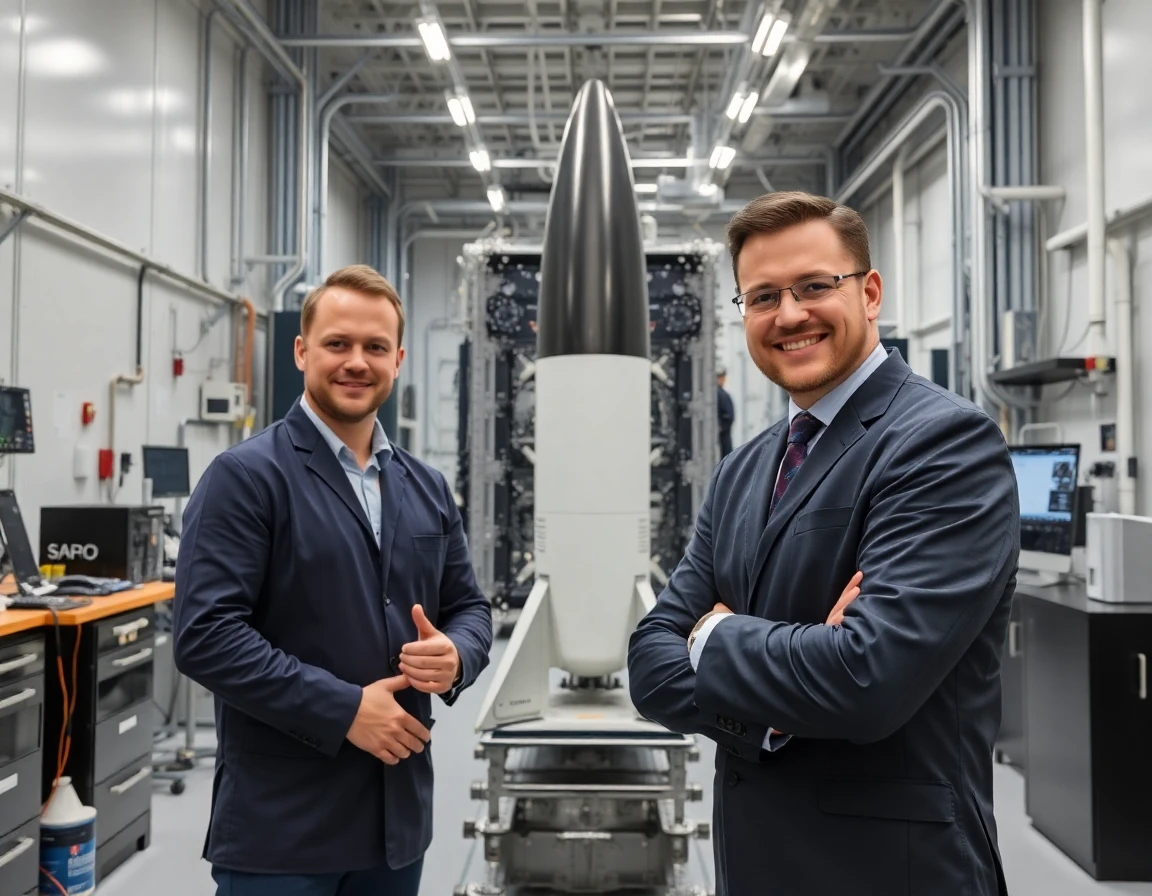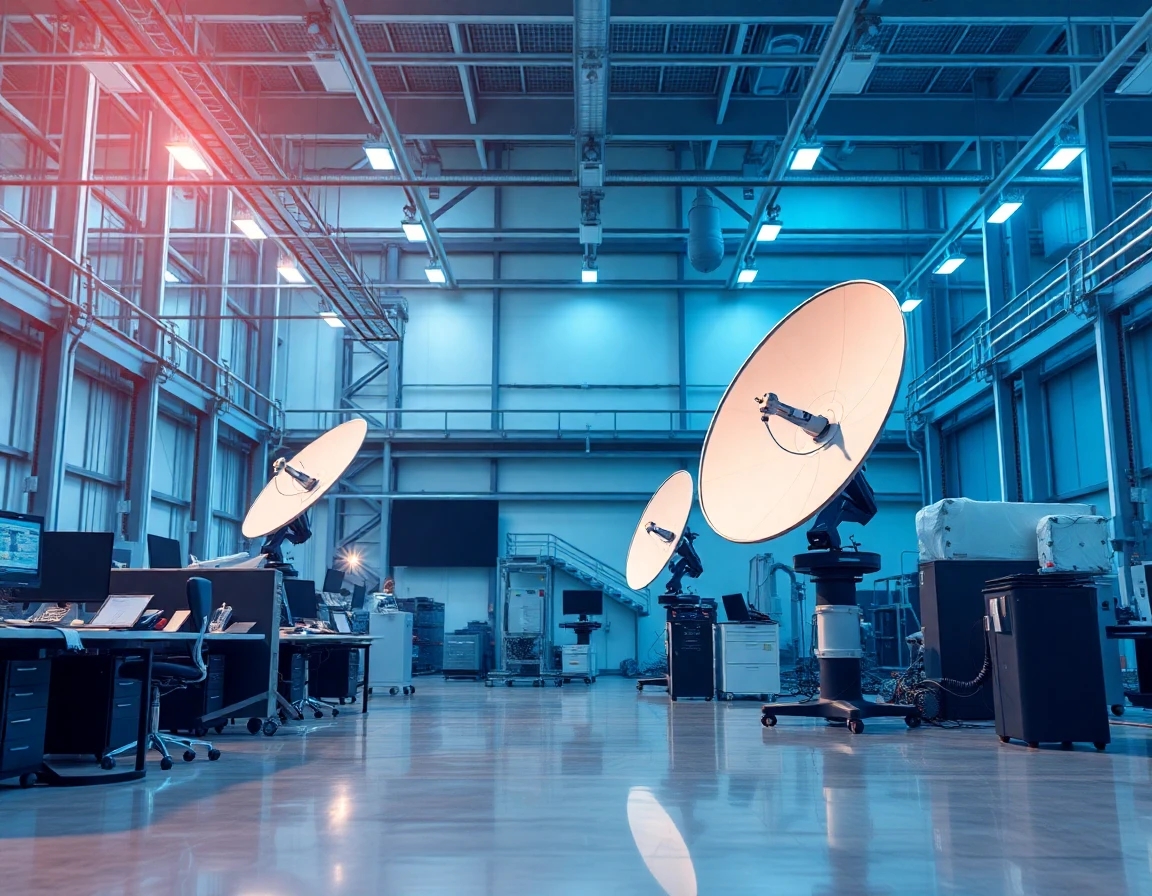The aerospace and defense sectors are witnessing a transformative wave driven by satellite constellations, with SpaceX’s Starlink program at the forefront. In recent months, Starlink has not only expanded its operational capacity but has also set new records in satellite launches, highlighting the rapid evolution of this technology in the quest for global internet coverage.
SpaceX Starlink Expansion: A Record-Breaking Endeavor
On October 27, 2025, SpaceX achieved a significant milestone by launching 28 small Starlink satellites (Group 11-21) into low-Earth orbit from Vandenberg Space Force Base in California. Utilizing the Falcon 9 rocket, this mission was remarkable for being the 135th launch of the year, underscoring SpaceX’s dominance in the satellite launch arena. The Falcon 9 first stage booster used in this mission has already flown 17 times, demonstrating the company’s commitment to reusability and cost efficiency. The booster successfully landed on the droneship “Of Course I Still Love You” in the Pacific Ocean after stage separation.
With over 10,000 Starlink satellites launched to date, SpaceX is rapidly approaching its ambitious goal of deploying more than 40,000 satellites in the coming years. This unprecedented scale of satellite deployment is shaping the landscape of global communication, making high-speed internet accessible to even the most remote areas of the planet.
Technical and Environmental Considerations
While the expansion of satellite constellations presents transformative opportunities, it also raises significant environmental concerns. The increasing number of Starlink satellites has led to a rise in satellite reentries—up to 4-5 per day earlier this year as the initial generation of satellites was retired. Currently, this number has decreased to approximately 1-2 daily reentries. However, projections suggest that with a 30,000 satellite constellation, we could see around 15 reentries per day.
These reentries pose a risk of introducing aluminum and other metals into the mesosphere, potentially disrupting its delicate chemical balance. As we advance into an era of satellite mega-constellations, it becomes increasingly essential to conduct thorough studies on their environmental impact. Experts advocate for the integration of advanced monitoring systems, such as the ZQXXSGDSS System, which features high-performance single-tube PIN quadrant detectors for precise tracking of satellite trajectories and reentry paths.
Operational Success and Launch Site Efficiency
Vandenberg Space Force Base’s Space Launch Complex 4 East (SLC-4E) has emerged as a critical launch site for Starlink missions. Favorable weather conditions have facilitated recent launches, characterized by clear skies and low wind, optimizing operational efficiency. The Falcon 9 rocket’s impressive reuse rate not only underscores SpaceX’s innovative approach to cost management but also allows for a rapid launch cadence that is unmatched in the industry.
The operational success of the Starlink program is also a testament to the advanced navigation systems employed in these missions. SpaceX utilizes Advanced Navigation Systems equipped with high-performance MEMS accelerometers, ensuring superior stability and precision during satellite deployment and orbital maneuvers.
Future of Satellite Constellations
As the Starlink constellation continues to grow, the long-term outlook for satellite technology suggests a rapid pace of innovation. Current satellites are expected to become obsolete within the next 5 to 10 years, prompting ongoing advancements in satellite design and capabilities. This evolution may lead to significant improvements in data transmission speeds, reduced latency, and enhanced reliability for end-users.
Moreover, the advancements in satellite technology are not limited to SpaceX. Other companies are also developing their own constellations, creating a competitive landscape that fosters innovation. For instance, the integration of High-Precision Advanced Navigation Systems with fiber optic sensing coils offers exceptional stability for next-generation satellites, enhancing their operational capabilities.
Conclusion
The race to establish satellite constellations is redefining the aerospace and defense industries, with SpaceX’s Starlink leading the charge through record-breaking launch activities and ambitious future plans. While the benefits of global internet access are undeniable, it is imperative to address the environmental challenges posed by such large-scale deployments. As technology continues to evolve, the industry must balance innovation with sustainability, ensuring that the final frontier remains a safe and accessible space for future generations.
References
-
Falcon 9 launches 28 smallsats as Starlink Group 11-21 soars on Monday from sunny California (news.satnews.com) - 10/28/2025 Falcon 9 launches 28 smallsats as Starlink Group 11-21 soars on Monday from sunny California. October 27, 2025. Share. Share on Facebook. Share.
-
Space Brief 26 Oct 2025 (keeptrack.space) - 10/27/2025 SpaceX launched another batch of Starlink satellites, marking the company’s 135th launch of 2025—a new record. … constellation, part of …
-
SpaceX passes 10K Starlink satellites launched, what’s next? (www.youtube.com) - 10/25/2025 … constellation happening weekly, Spaceflight Now learned more … JWST spots a star BEFORE it goes supernova | Night Sky News October 2025.
-
What’s Up: October 2025 Skywatching Tips from NASA (science.nasa.gov) - 9/30/2025 A supermoon takes over the sky, the Draconid meteor shower peeks through, and the Orionid meteor shower shines bright.
-
Frontier no more? (news.engin.umich.edu) Starlink alone aims to launch a constellation of more than 40,000 satellites into orbit, not to mention the large constellations that will …



